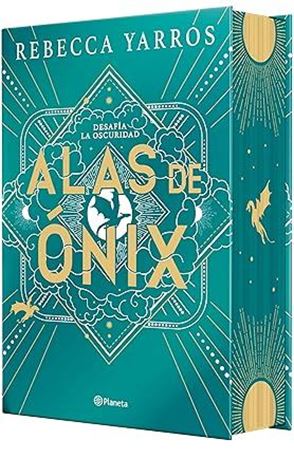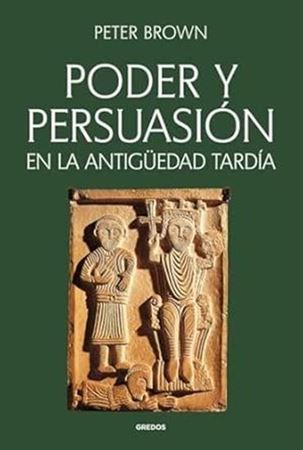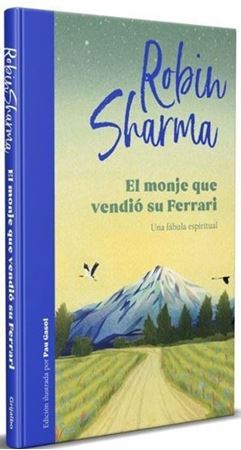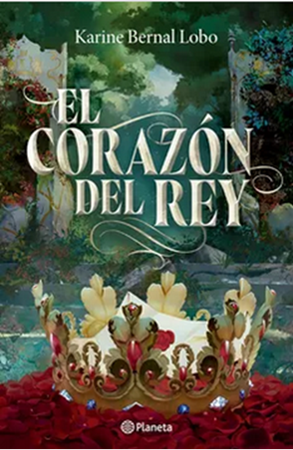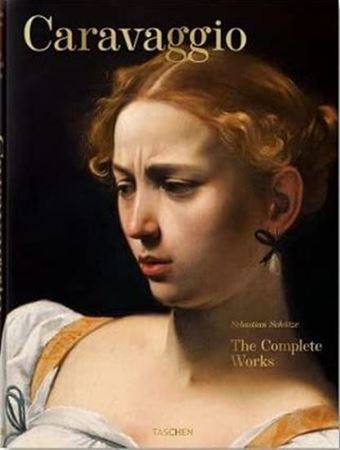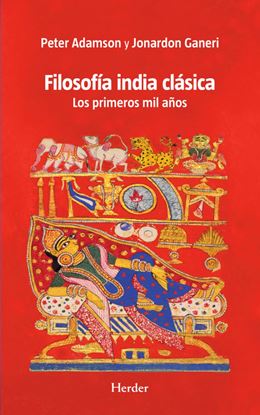

NOVEDADES
FILOSOFIA INDIA CLASICA
Peter Adamson y Jonardon Ganeri presentan los primeros mil años, partiendo de textos tan antiguos como las escrituras védicas y las Upaniṣads, para pasar a continuación al estudio de los sūtras, así como al desarrollo del budismo y el jainismo, y concluir con la influencia de la filosofía india en tradiciones como la griega y la islámica, evaluando así su impacto sobre el pensamiento occidental posterior.
Esta introducción a la historia de la filosofía india se destaca por guiar al lector, a partir de las propias fuentes, a través de la variedad y la densidad de los argumentos indios en todas las ramas del quehacer filosófico. Al mismo tiempo, resalta su valor para la discusión filosófica en general, en relación con debates contemporáneos sobre la conciencia, el lenguaje y la acción correcta, entre muchos otros.
3,995
PRINCE. LA HISTORIA DETRAS DE SUS 684 C.
Después de dos álbumes teñidos de funk y disco, Prince Rogers Nelson se convirtió en el maestro del Minneapolis Sound en 1980 con su tercer álbum, el sulfuroso y acertadamente llamado Dirty Mind.
Desde sus primeros discos para Warner Bros. Records, el hombre que pronto sería apodado el Kid de Minneapolis dedicó su vida a una abundante y variada producción musical.
Prince atravesó la década de 1980 con una irreverencia y audacia que lo caracterizarían. Después de encadenar varios éxitos (Little Red Corvette, Purple Rain, Kiss, Sign O' The Times o Batdance) y más de 100 millones de discos vendidos, Prince supo reinventarse con cada uno de sus discos, burlando las predicciones de quienes lo creían muerto, resurgiendo constantemente de las cenizas, y siempre sorprendiendo a través de nuevas direcciones artísticas.
De Madonna a Miles Davis, de Michael Jackson a Kate Bush, todos los grandes nombres de la música popular quisieron grabar con él. Tras la inesperada muerte del cantautor en 2016, The Prince Estate ha trabajado para exhumar de The Vault, su bóveda acorazada de Paisley Park (su casa-estudio), álbumes preciosos hasta ahora inéditos. Miles de canciones aún reposan allí; cada lanzamiento es un evento global.
3,995
YATES CLASICOS
Dieciocho de los yates clásicos más hermosos del mundo, verdaderas obras maestras de la arquitectura naval.
Una invitación privada a un universo excepcional: desde las regatas de las Voiles de Saint-Tropez hasta la Copa América, los veleros logran que quienes los contemplan sueñen con regatas por todo el mundo.
Las historias de estos barcos son siempre singulares: desde el Manitou, que fue propiedad de John Fitzgerald Kennedy, hasta el Atlantic, una goleta de tres palos de proporciones espectaculares.
3,995

